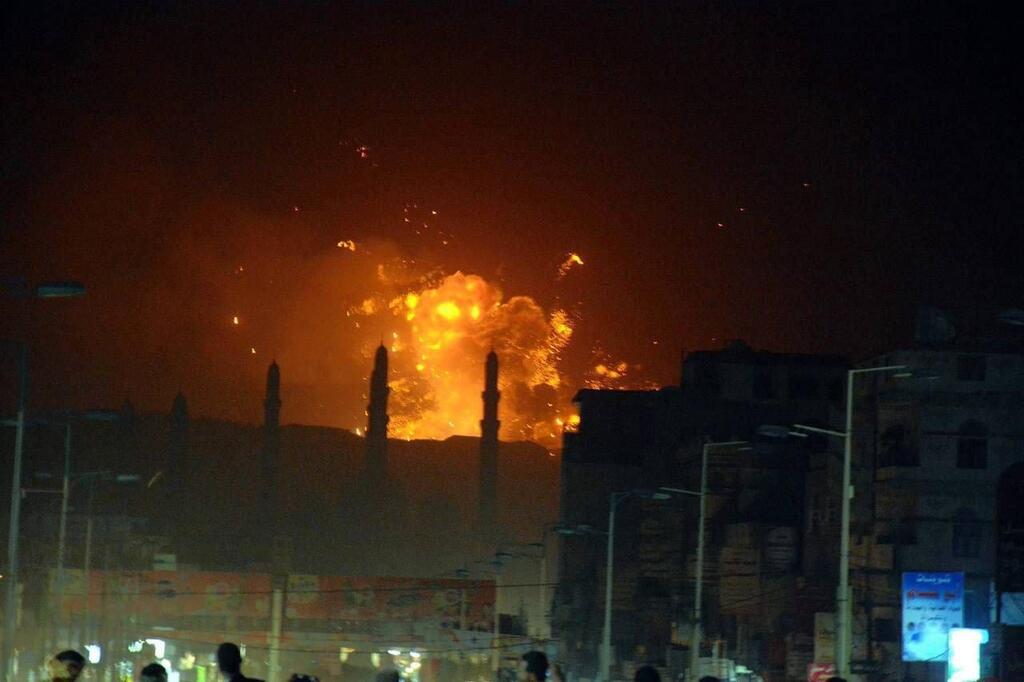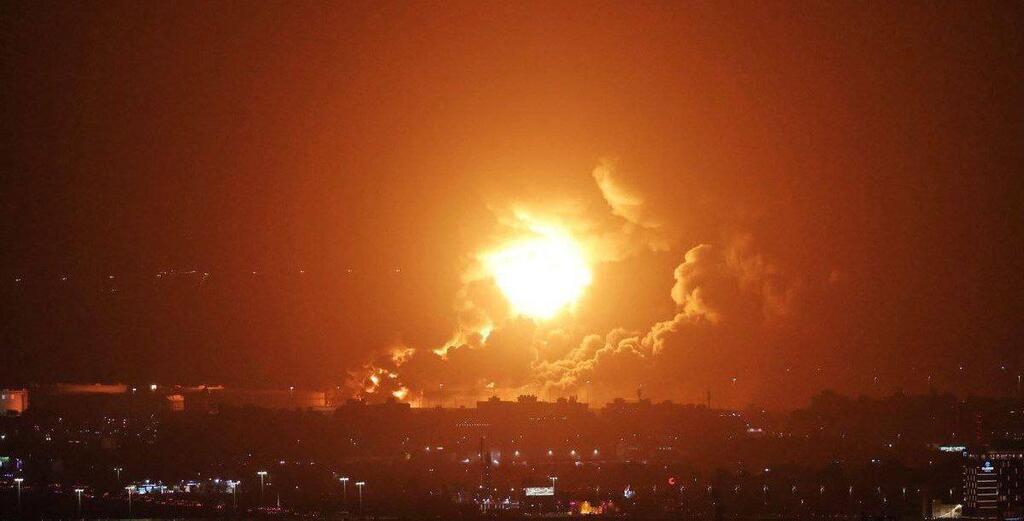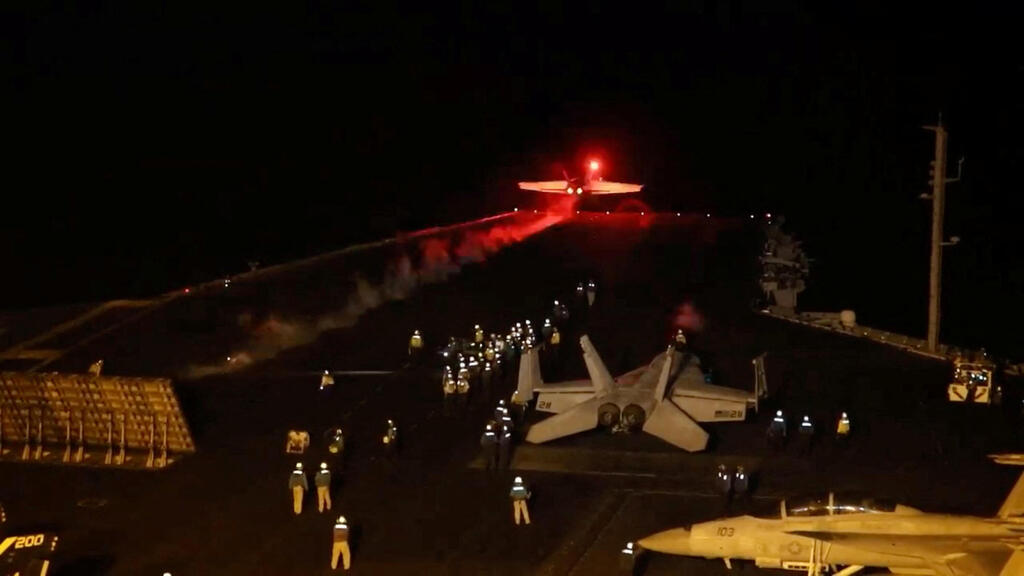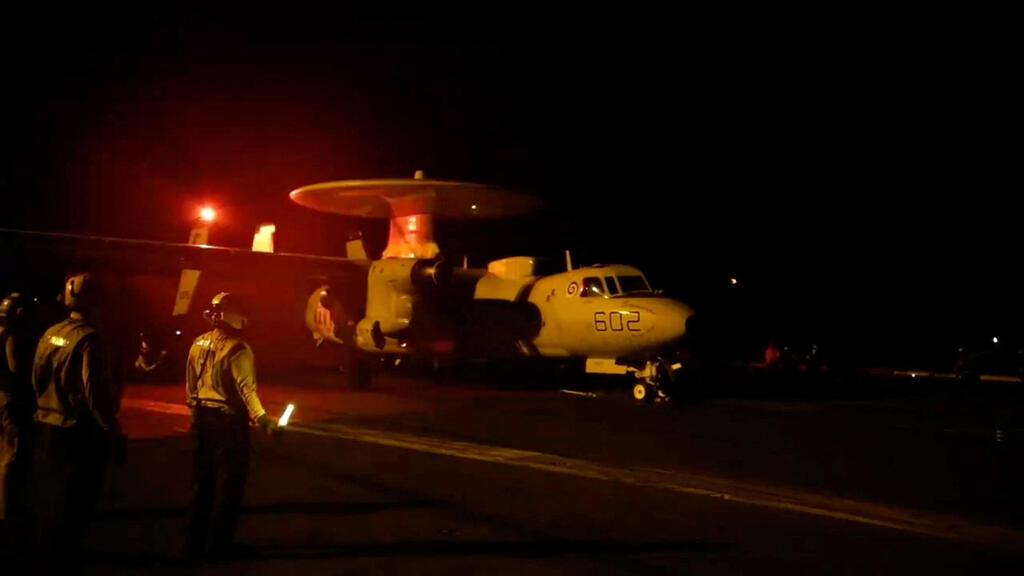Getting your Trinity Audio player ready...
US-led coalition strikes targets in Yemen
After nearly three months of incessant attacks on one of the world's most crucial maritime shipping routes, the United States finally took action overnight Friday, joining forces with Britain to strike targets of the Iran-aligned Houthi rebels in Yemen.
Read more:
U.S. President Joe Biden emphasized that the Americans "will not hesitate" to take further steps. In response, the Houthis also threatened that "the Americans and the British will pay a heavy price."
Coalition fighter jets taking off before attack on Houthis
(Video: Reuters)
Who participated in the multinational attack?
According to a statement by the U.S. military’s Central Command (CENTCOM), at 2:30 am Yemen time, U.S. forces, in cooperation with Britain and supported by Australia, Canada, the Netherlands and Bahrain, conducted joint strikes on Houthi targets. The goal was to impair their capabilities to continue their unlawful attacks on ships and shipping lanes in the Red Sea.
What was targeted?
According to reports from Yemen, strikes were carried out in the capital Sanaa, Hodeida, Saada, Dhamar and other areas. Over 12 sites were bombed by the U.S.-led forces, targeting radars, anti-aircraft systems, coastal defenses, drone storage and launch sites, cruise missiles and ballistic missiles.
7 View gallery
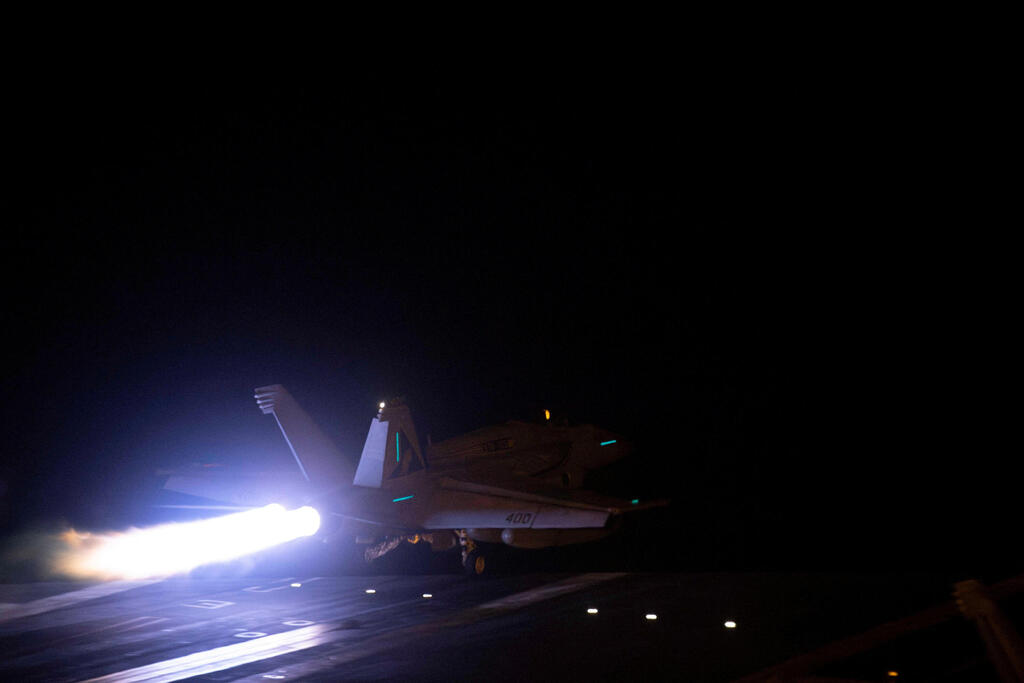

Coalition fighter jets taking off before attack on Houthis
(Photo: Reuters / US Central Command via X / Handout)
Meanwhile, the British reported that four British Typhoon fighters, assisted by refueling aircraft, used Paveway guided missiles to strike two targets in northwest Yemen - a drone launch site at Bani, and an airfield at Abbs.
How were the Houthis attacked?
According to U.S. sources, the attacks involved a combination of combat aircraft, including F-35s, alongside Tomahawk cruise missiles launched from U.S. Navy ships and the submarine USS Florida. The submarine was seen entering the Suez Canal on November 5. Additionally, Reaper drones were used, as well as the aforementioned British Typhoon jets.
The U.S. and UK's response
Shortly after the attacks, Biden said in a statement, “These strikes are in direct response to unprecedented Houthi attacks against international maritime vessels in the Red Sea – including the use of anti-ship ballistic missiles for the first time in history.
7 View gallery
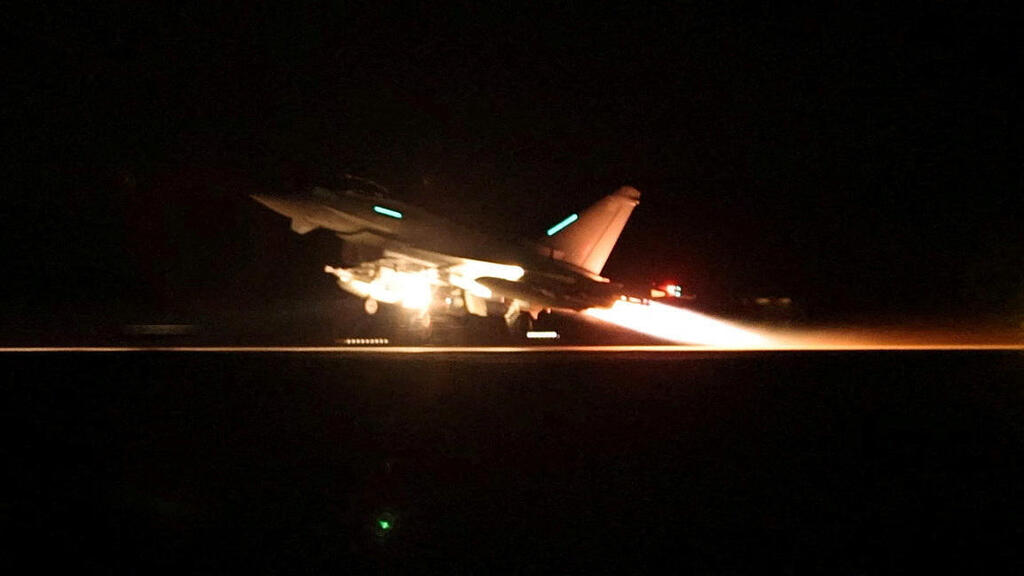

Coalition fighter jets taking off before attack on Houthis
(צילום: רויטרס / Sgt Lee Goddard / UK MOD / Handout)
Biden also said he would be willing to authorize further attacks on Yemen if Houthi attacks on shipping did not stop. “I will not hesitate to direct further measures to protect our people and the free flow of international commerce as necessary,” he said.
British Prime Minister Rishi Sunak said “We have … taken limited, necessary and proportionate action in self-defense, alongside the United States against targets tied to these attacks, to degrade Houthi military capabilities and protect global shipping.”
How did the Houthis respond?
According to a Sky News Arabic report Friday morning, the Houthis fired several missiles from Hodeida into the Red Sea after the attacks. Meanwhile, they threatened that the United States and Britain would pay a "heavy price" for the "barbaric" attacks.
7 View gallery
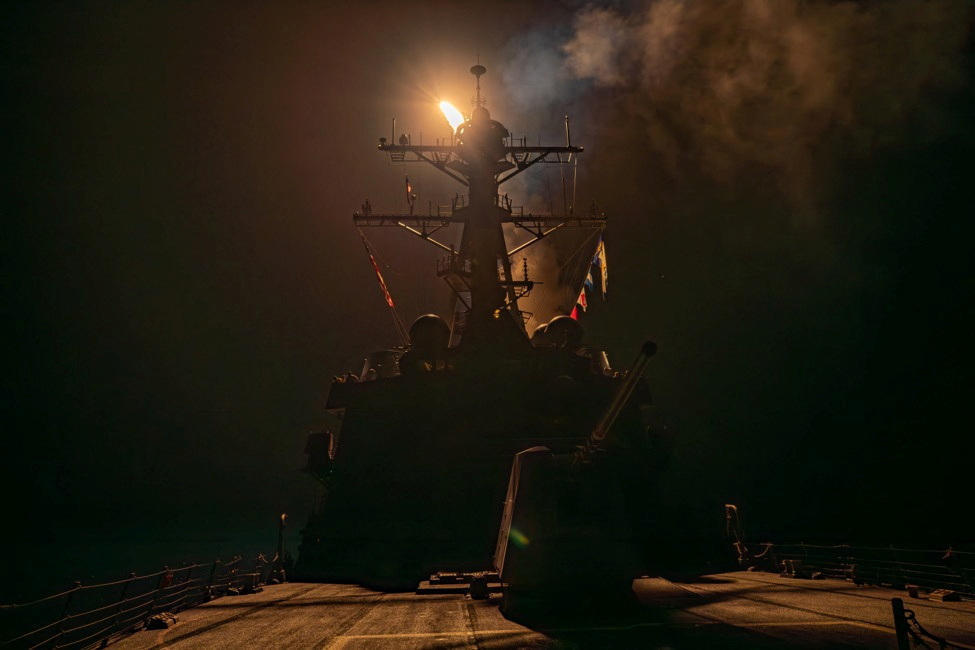

Coalition warship attacks Houthi targets
(Photo: Reuters / US Central Command via X / Handout)
Houthis spokesperson Mohammed Abdulsalam said "The American-British aggression was aimed at protecting Israel and stopping Yemen's support for Gaza. They are mistaken if they thought this would deter Yemen from supporting Palestine. There is no justification for the attack, as there was no threat to navigation in the Red Sea and the Arabian Sea. The attacks were and will be against Israeli ships or those heading to Israel."
The Iranian link and response
U.S. Air Force Lt. Gen. Alex Grynkewich said the U.S. had “executed deliberate strikes on over 60 targets at 16 Iranian-backed Houthi militant locations, including command and control nodes, munitions depots, launching systems, production facilities and air defense radar systems.”
Meanwhile, Iran’s foreign ministry spokesperson Nasser Kanaani strongly condemned the military attacks on several cities in Yemen, saying, “We consider it a clear violation of Yemen’s sovereignty and territorial integrity, and a breach of international laws, regulations and rights.”
The leadup to the attack
During the war in Gaza, the Iran-backed Houthis have been launching missiles and drones at commercial ships in the Red Sea to "prevent them from reaching Israel." According to the U.S., since October 17, the Houthis have attempted to attack and damage 27 ships. On Thursday, they launched 21 missiles and drones, claiming the target was "an American ship aiding Israel." U.S. and British warships intercepted all the missiles and drones. This was the largest attack by the Houthis to date.
Following the numerous launches into the Red Sea, more shipping companies announced they would cease operations in the area. The Houthis claim the attacks are meant to impose a naval blockade on Israel and prevent ships from reaching it, but in reality, many ships affected are not related to Israel.
In December, the U.S. established a multinational naval coalition to protect ships in the Red Sea from Houthi attacks. There were reports of "cracks" in this naval force, with countries fearing retaliation for being identified as supporting Israel.
Last week, 12 countries, led by the U.S., warned the Houthis of the consequences of continuing attacks in the Red Sea. The Biden administration described this as a "final warning" to the Houthis - and now the attack itself has come.






